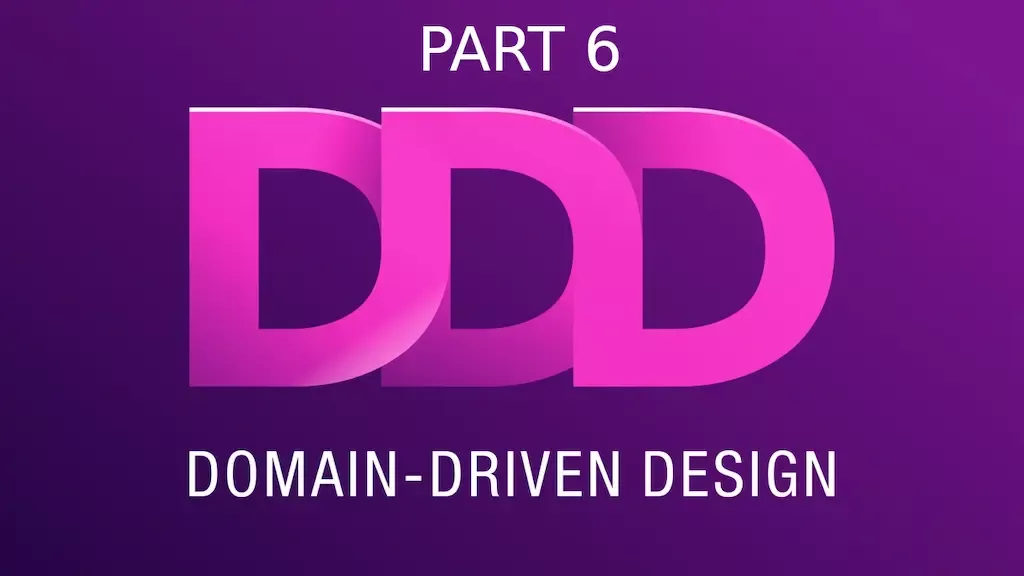
Domain Services and Factories in Domain-Driven Design

Welcome to the sixth article in our Domain-Driven Design (DDD) Paradigm series. In this installment,...
Welcome to the sixth article in our Domain-Driven Design (DDD) Paradigm series. In this installment, we'll delve into the fascinating world of Domain Services and Factories, two fundamental concepts that play a crucial role in designing effective and maintainable domain models.
Understanding Domain Services
In DDD, a Domain Service is a stateless, operation-centric class that encapsulates domain logic or operations that don't naturally fit within the boundaries of an Entity or a Value Object. These services are all about performing actions or providing domain-specific functionality that doesn't belong to a single entity.
Let's consider an example:
Imagine you're developing software for a shipping company, and you need to calculate the shipping cost for an order. Calculating the cost involves complex business rules, such as determining the shipping method, considering the weight and dimensions of the items, and applying any discounts.
Instead of scattering this logic throughout your Order or Product entities, you can create a ShippingCostCalculator Domain Service that encapsulates all the necessary logic for computing shipping costs. This centralizes the logic, making it easier to maintain and test.
The Role of Factories
Factories in DDD are responsible for creating complex objects, especially Aggregate Roots or entities that require intricate construction logic. They separate the object creation process from the client code, ensuring that objects are always in a valid state when they're created.
Consider the scenario of creating a complex Customer entity with various attributes, roles, and permissions. Using a Factory, you can encapsulate the logic for constructing a valid Customer object, ensuring that all necessary fields are initialized correctly. This abstraction simplifies object creation and helps avoid invalid object states.
Benefits of Domain Services and Factories
1. Improved Separation of Concerns
Domain Services and Factories enhance the separation of concerns within your domain model. They help keep domain logic centralized and prevent it from cluttering your entities.
2. Reusability
These constructs promote code reuse. You can use the same Domain Service or Factory in multiple parts of your application, ensuring consistent behavior.
3. Maintainability
By encapsulating complex logic and object creation processes, your code becomes more maintainable. Changes and updates can be made within these services and factories without affecting the rest of the application.
Implementing Domain Services and Factories
Here are some steps to implement Domain Services and Factories effectively in your DDD project:
1. Identify Operations and Complex Creations
Identify operations or object creations in your domain that don't belong to a specific entity or require intricate construction logic.
2. Create Stateless Services
For domain operations, create stateless Domain Services. Keep them free from side effects and ensure they operate solely on their input parameters.
3. Define Factories
For complex object creations, define Factory classes. These classes should handle all the details of constructing valid objects, ensuring that objects are always created in a consistent and valid state.
4. Dependency Injection
Consider using dependency injection to provide Domain Services and Factories to the parts of your application that require them. This promotes modularity and testability.
Wrapping Up
Domain Services and Factories are essential building blocks in the world of Domain-Driven Design. They help you create maintainable, modular, and well-structured domain models by encapsulating domain logic and complex object creations.
In the next article of this series, we'll take a deep dive into the concept of Value Objects. We'll explore their characteristics, use cases, and how they contribute to building robust domain models. Stay tuned for more insights into DDD principles!
Domain-Driven Design (DDD) Paradigm: A Comprehensive Guide
Domain-Driven Design (DDD) Paradigm: Introduction to Domain-Driven Design
Strategic Design with Domain-Driven Design (DDD)
Repository and Unit of Work in Domain-Driven Design
Tactical Design Patterns in DDD: Modeling Complex Domains Effectively

